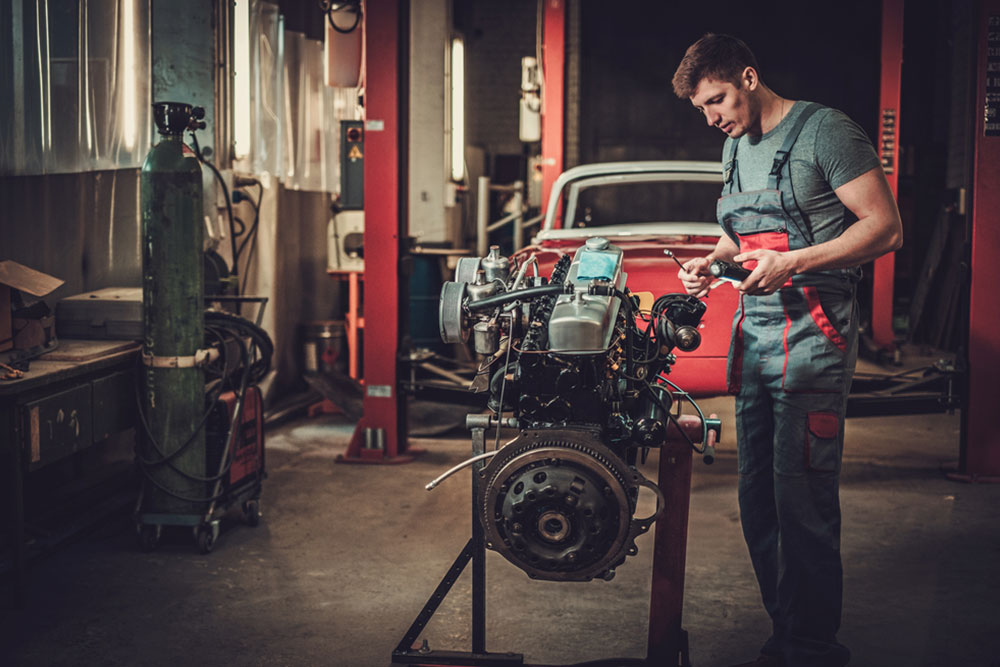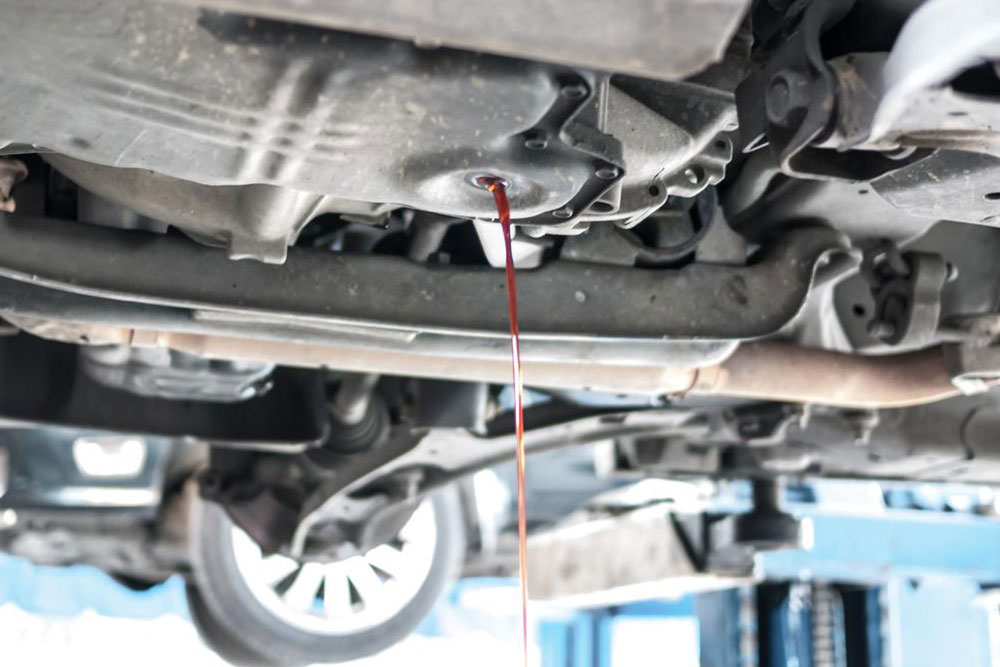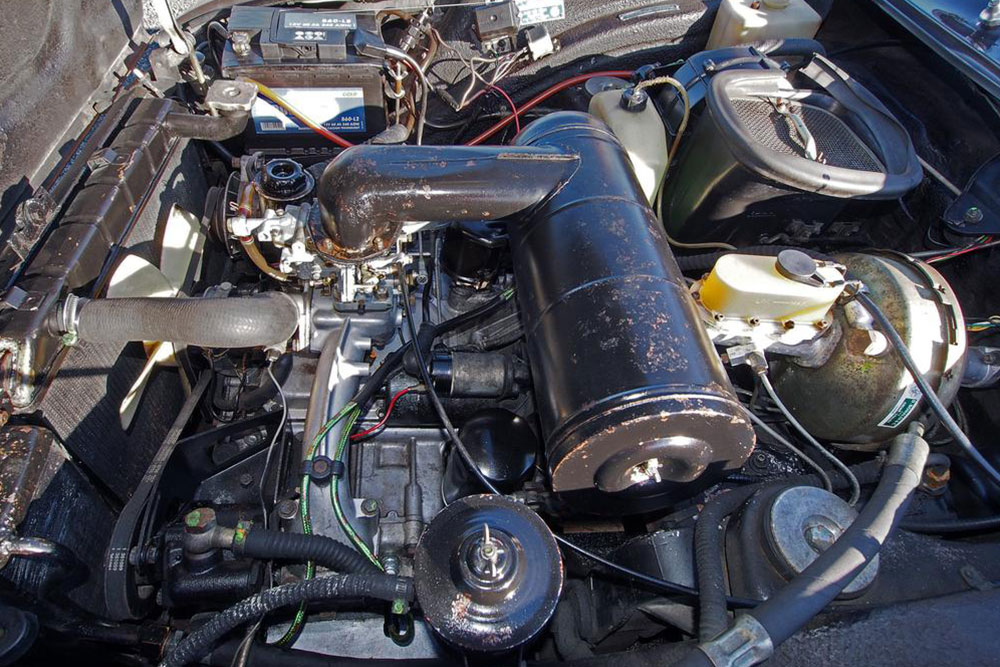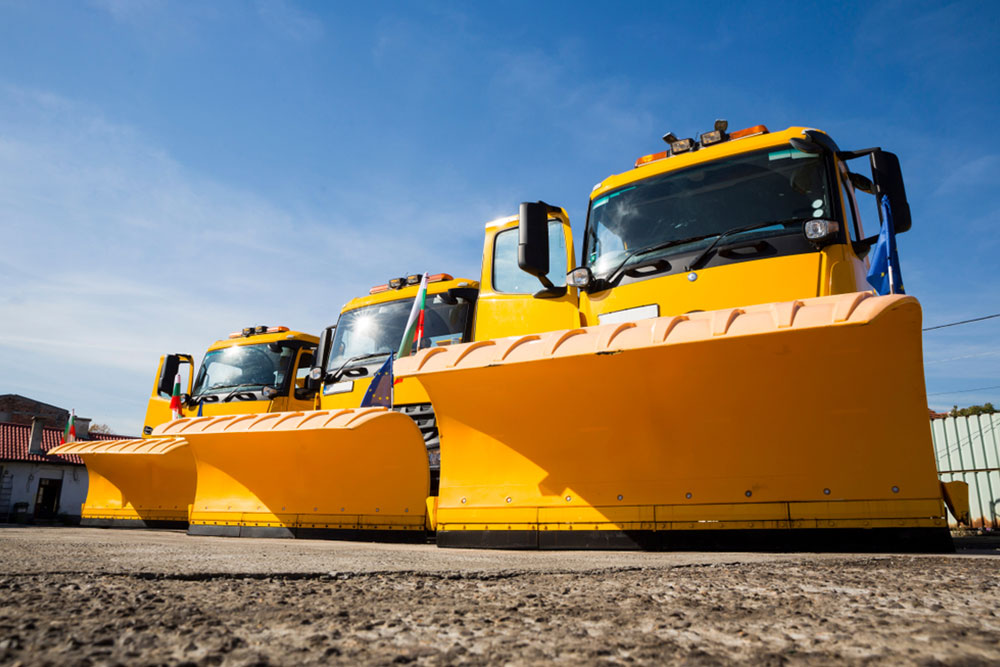Understanding Different Types of Car Engines
Explore the main types of car engines, including inline, V, W, and OPOC designs. Learn how each engine type influences vehicle performance, efficiency, and maintenance needs. This guide helps you understand your car's engine better, aiding in informed purchasing and care decisions.
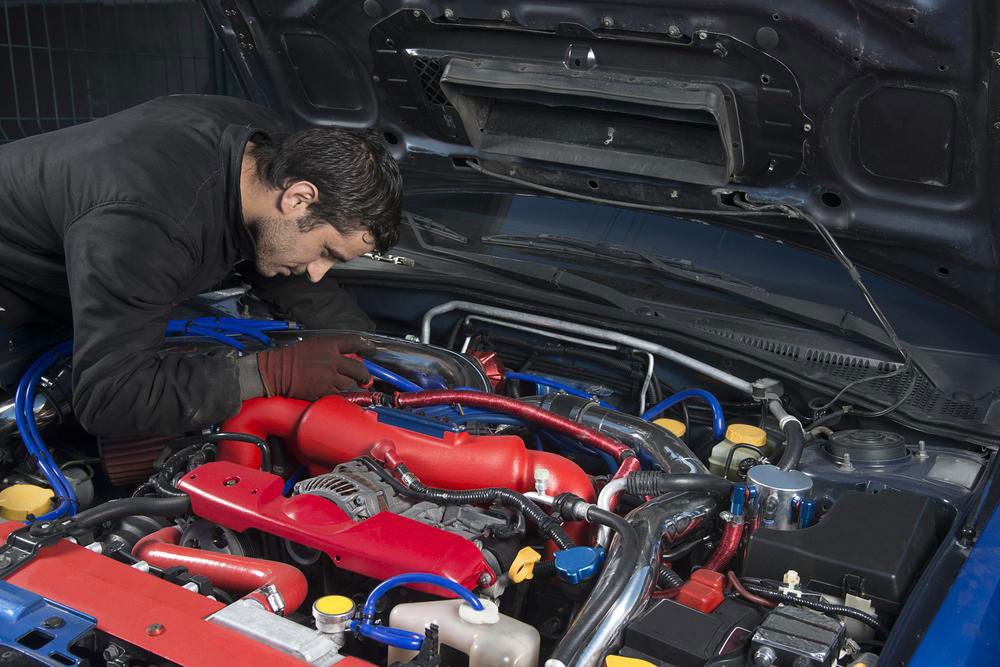
Understanding Different Types of Car Engines
The engine is the heart of your vehicle, powering your drives and influencing performance. With various engine designs available, recognizing their differences can help you make better purchasing decisions and facilitate maintenance. Here’s a guide to the primary types of car engines.
Inline Engine – Cylinders are aligned in a straight row in this setup. This design is popular due to its space-saving nature and fuel efficiency, making it common in compact cars such as hatchbacks.
This configuration is preferred for its simplicity and efficiency, suited for many vehicle types.
V-shaped Engine – Cylinders are arranged in a 'V' formation, which reduces engine length and weight. This design enhances performance and is often used in powerful vehicles.
W Engine – Designed by Volkswagen, the W engine features cylinders arranged in a compact, squished-together manner, producing high power. Notably found in luxury cars like Bugatti Veyron and Bentley Mulsanne, it’s less common but very effective.
OPOC Engine – This engine uses two cylinders at each end and lacks valves, resulting in a smaller, lighter, and high-power design. Its minimal friction and endurance make it suitable for specialized applications.
Identifying your car’s engine type aids in understanding its maintenance needs and performance traits. Consulting a mechanic can clarify any specific concerns related to engine upkeep.
Note: The information here offers a broad overview of engine types. For precise maintenance or technical details, seek professional advice. Our content aims to inform but should not replace expert consultation.

